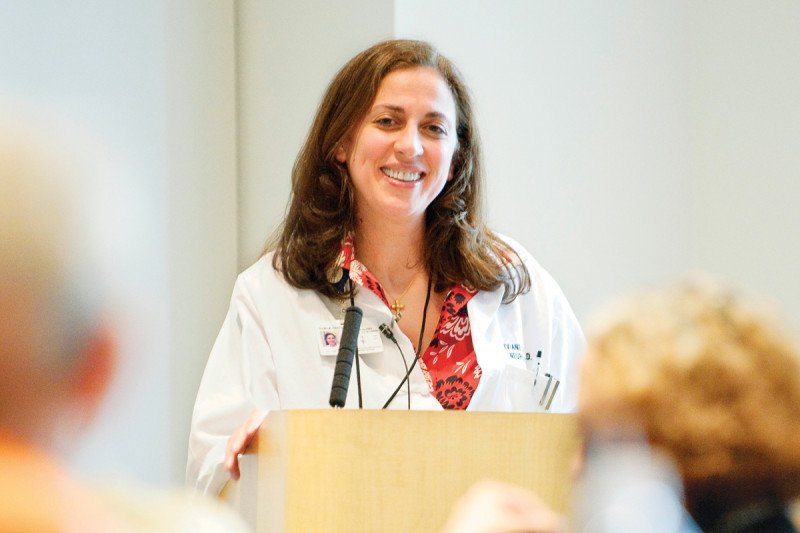
Viviane S. Tabar
Memorial Sloan Kettering Cancer Center researchers have published new findings that may help explain why brain tumors called glioblastomas are so resistant to treatment. The team showed for the first time that a tumor could generate its own blood vessels from tumor stem cells, and also that the blood vessels that enable glioblastoma to grow and spread are themselves cancerous and therefore don’t behave like normal blood vessels.
Glioblastomas are one of the most aggressive types of tumor. Advances in technology have made it possible for many more of them to be surgically removed, but when the tumors recur there are few treatment options. Because these tumors are characterized by having a large number of blood vessels that feed them, experts predicted antiangiogenic drugs such as bevacizumab (Avastin®), which target blood vessels, would be an effective treatment, but so far studies have proven disappointing.
“Since I was in medical school I’ve wondered why the blood vessels in glioblastoma look so unusual. They are not arranged in regular linear structures, but look more florid, like tufts,” explains surgeon and researcher Viviane Tabar, who led the research, published in Nature. [PubMed Abstract] “Memorial Sloan Kettering’s tumor bank made it possible to answer this question, because we had access to nearly 100 samples from patients. Analyzing them, we found that the blood vessels carry the same common genetic mutations as the tumors themselves.” The team also showed in the test tube and in mice that a single mutated glioblastoma stem cell could differentiate into both tumor and blood vessel.
The next step for the team is to ask which mechanisms allow glioblastoma cells to differentiate into blood vessels and how that process could be prevented, potentially making these tumors easier to treat. Importantly, this process is independent of the pathway targeted by drugs such as bevacizumab. “Researchers are now trying to determine whether other cancers use the same mechanism,” Dr. Tabar adds.


